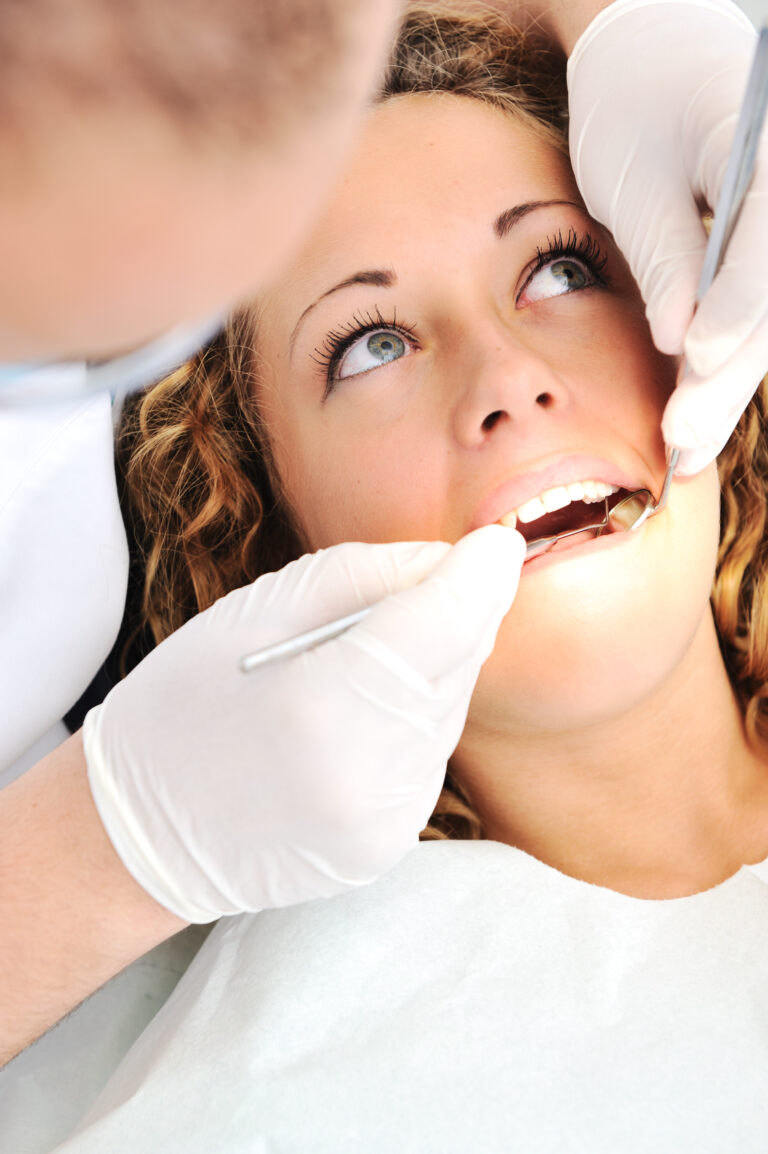Mold Exposure Symptoms: Are You at Risk? The Surprising Ways Mold Impacts Your Body
Introduction to Mold Exposure Symptoms
Do you know what mold is and how it can affect your health? If not, then read on. Mold is a type of fungus that grows in damp or wet areas indoors and outdoors. It comes in different colors such as black, green, yellow, brown, gray, white, and orange. While some types of molds are harmless, others release spores into the air which can cause adverse reactions when inhaled by humans or animals. These reactions range from minor allergies to severe respiratory problems. In this article, we will discuss the common symptoms associated with mold exposure, the surprising ways it impacts your body, and how to prevent and treat mold-related illnesses.

Common Health Problems Caused by Mold Exposure
The most common health problem caused by mold exposure is allergy. People who are sensitive to mold may experience sneezing, runny nose, congestion, coughing, wheezing, and irritation of the eyes, skin, throat, and lungs. Other symptoms include fatigue, headaches, difficulty concentrating, memory loss, muscle aches, joint pain, digestive issues, and depression. Mold exposure has also been linked to more serious conditions such as asthma, chronic obstructive pulmonary disease (COPD), bronchitis, pneumonia, sinusitis, and even cancer.
The Surprising Ways Mold Impacts Your Body
Did you know that mold can have a significant impact on your overall health beyond just causing allergies? For instance, research suggests that exposure to certain types of mold can lead to neurological disorders such as Parkinson’s disease and multiple sclerosis. Additionally, mold can trigger inflammation throughout the body, leading to chronic diseases like arthritis, fibromyalgia, and autoimmune disorders. Moreover, studies show that mold exposure during pregnancy can increase the risk of birth defects and miscarriage.
How to Identify and Prevent Mold Growth in Your Home
To identify if there is mold growth in your home, look for signs such as water damage, musty odor, visible mold colonies, and condensation on walls and windows. To prevent mold growth, keep your house dry and well ventilated. Fix any leaks or plumbing problems immediately, use exhaust fans in bathrooms and kitchens, and clean up any spills or standing water promptly. Also, consider using mold-resistant materials when building or renovating your home.
Treatment Options for Mold-Related Illnesses
If you suspect that you or someone in your household has a mold-related illness, consult a doctor right away. Treatment options depend on the severity of the condition but typically involve medications such as antihistamines, corticosteroids, antibiotics, and antifungals. In addition, making changes to your diet and lifestyle such as reducing stress, getting enough sleep, exercising regularly, and eating a balanced diet rich in fruits and vegetables can help improve your overall health and reduce sensitivity to mold.
Conclusion: Taking Action Against Mold Exposure

In conclusion, mold exposure can have significant negative effects on your health. Therefore, it’s essential to take action against mold exposure by identifying and preventing its growth in your home, seeking medical attention if you suspect mold-related illnesses, and taking steps towards improving your overall health. By doing so, you can protect yourself and your loved ones from the harmful effects of mold exposure.






